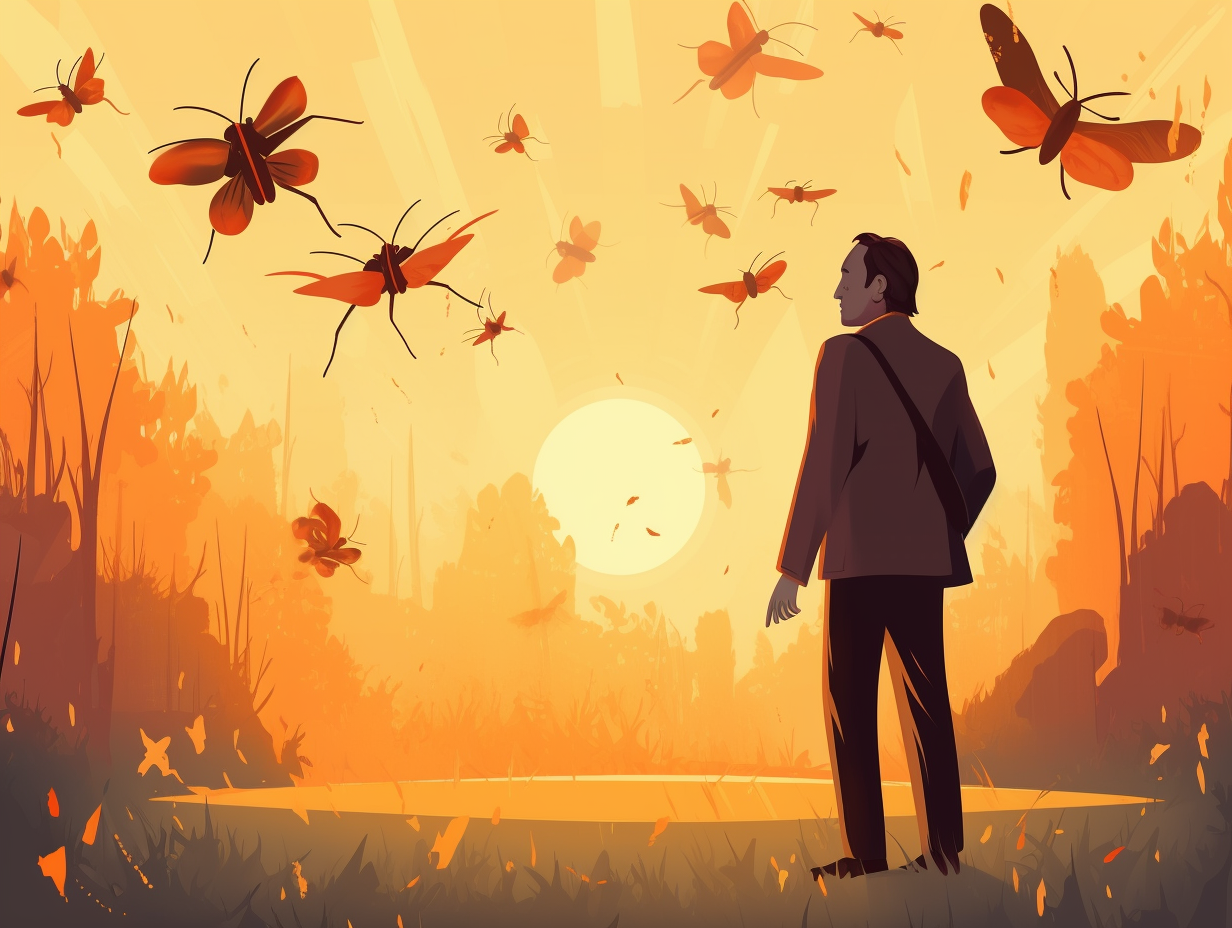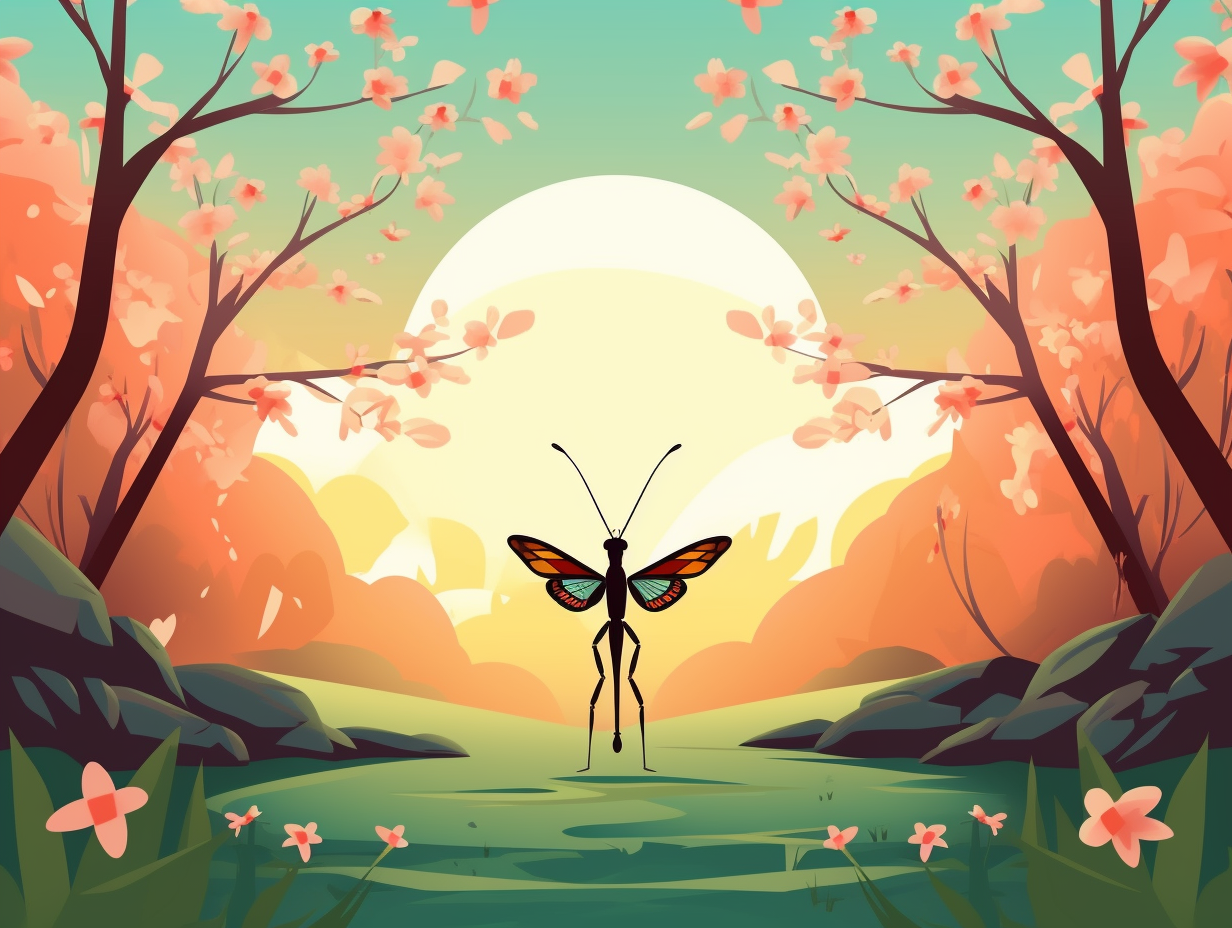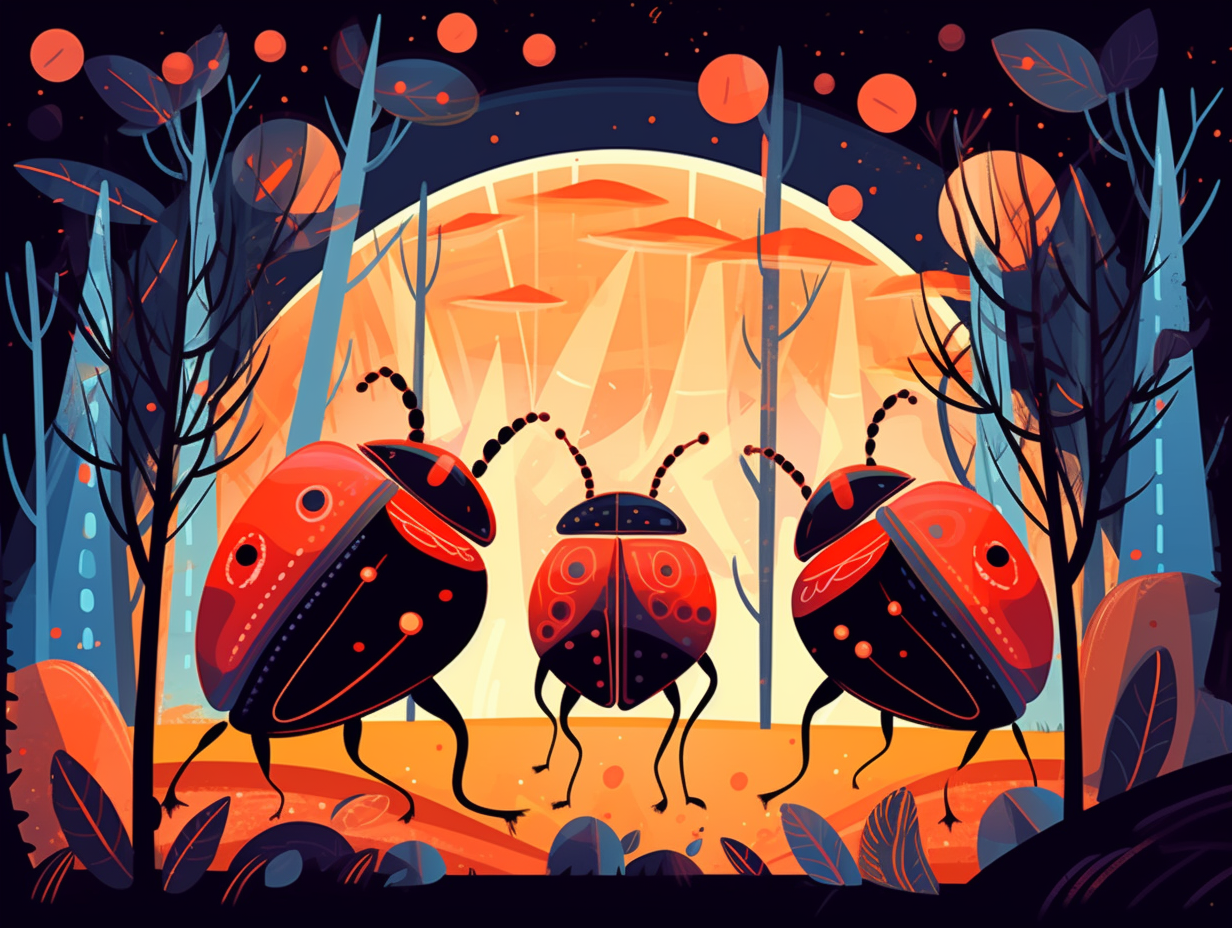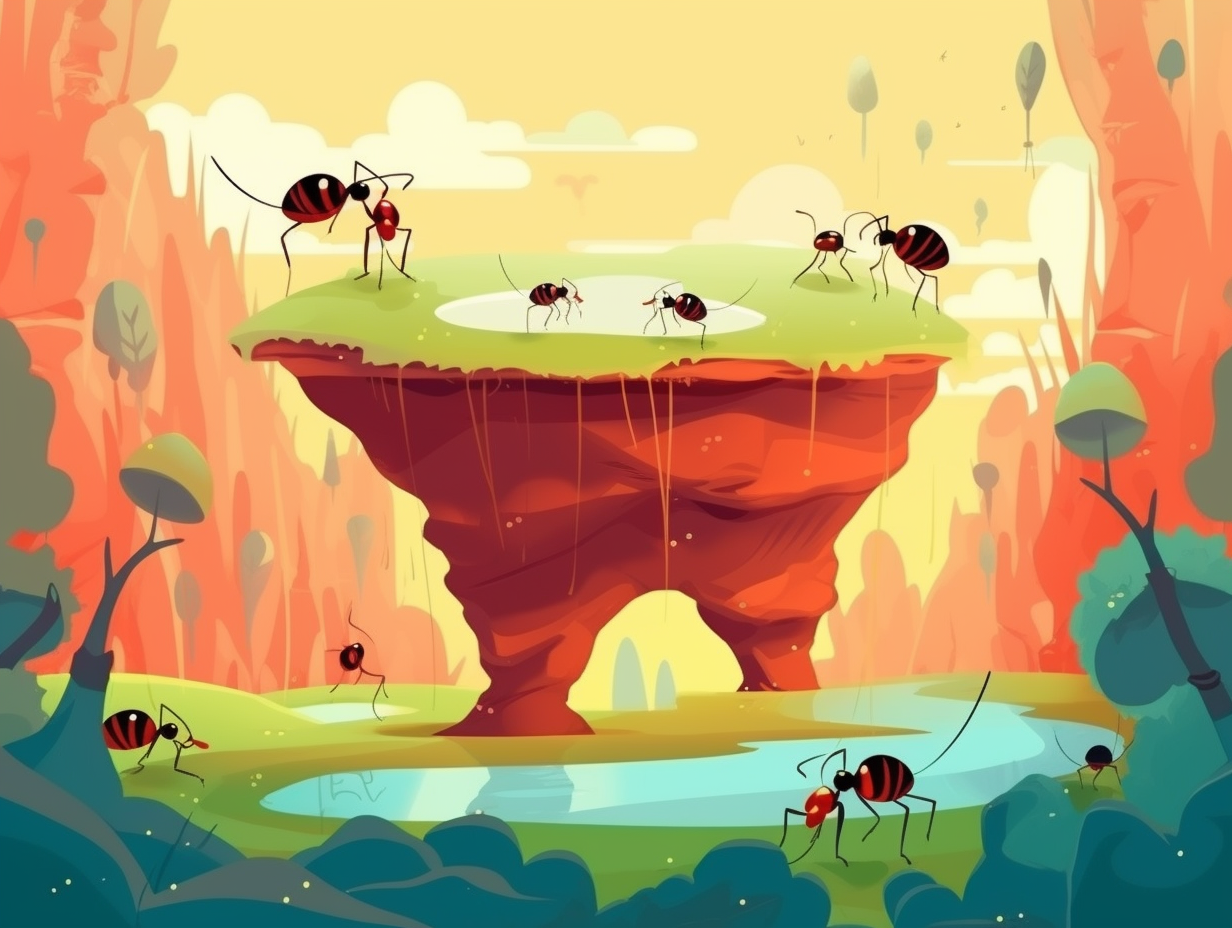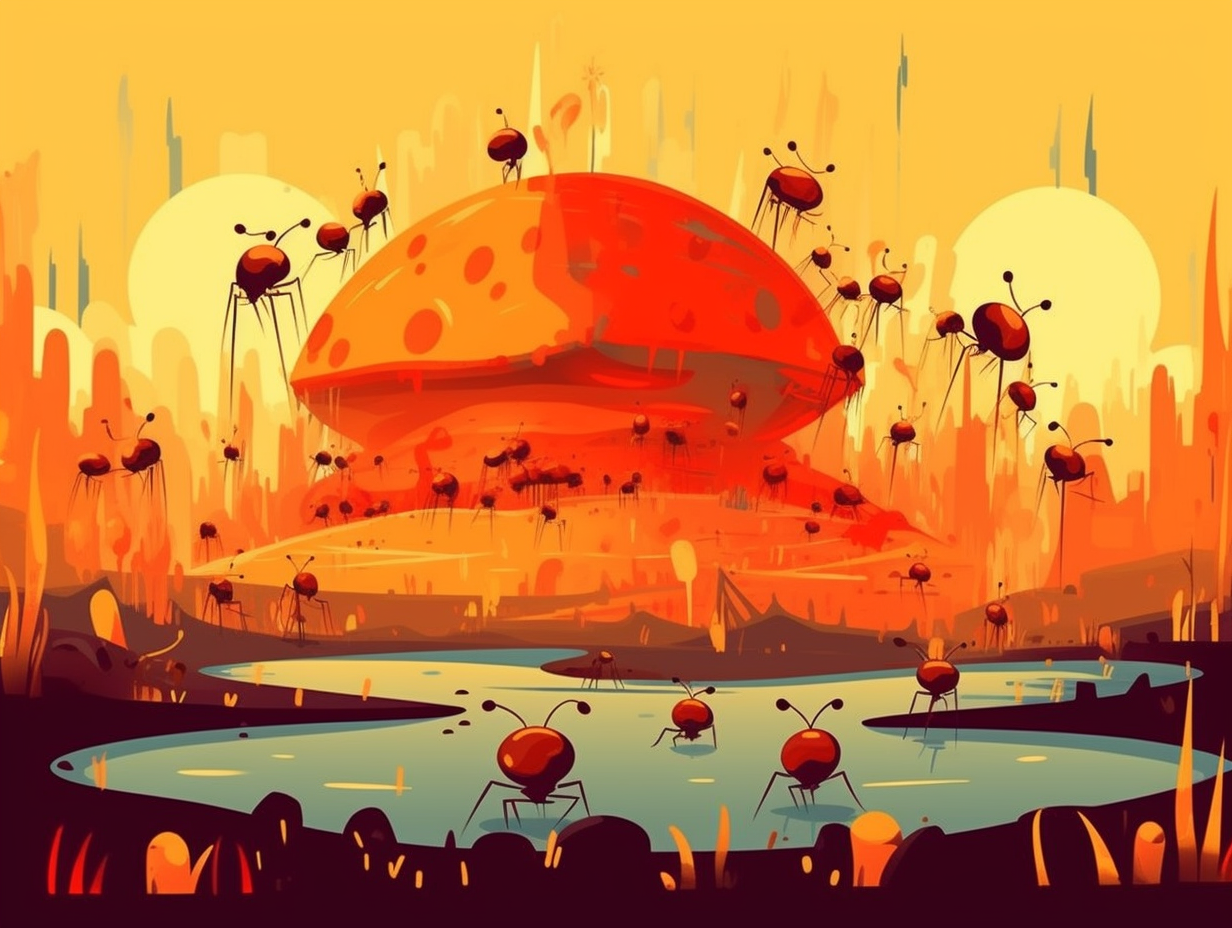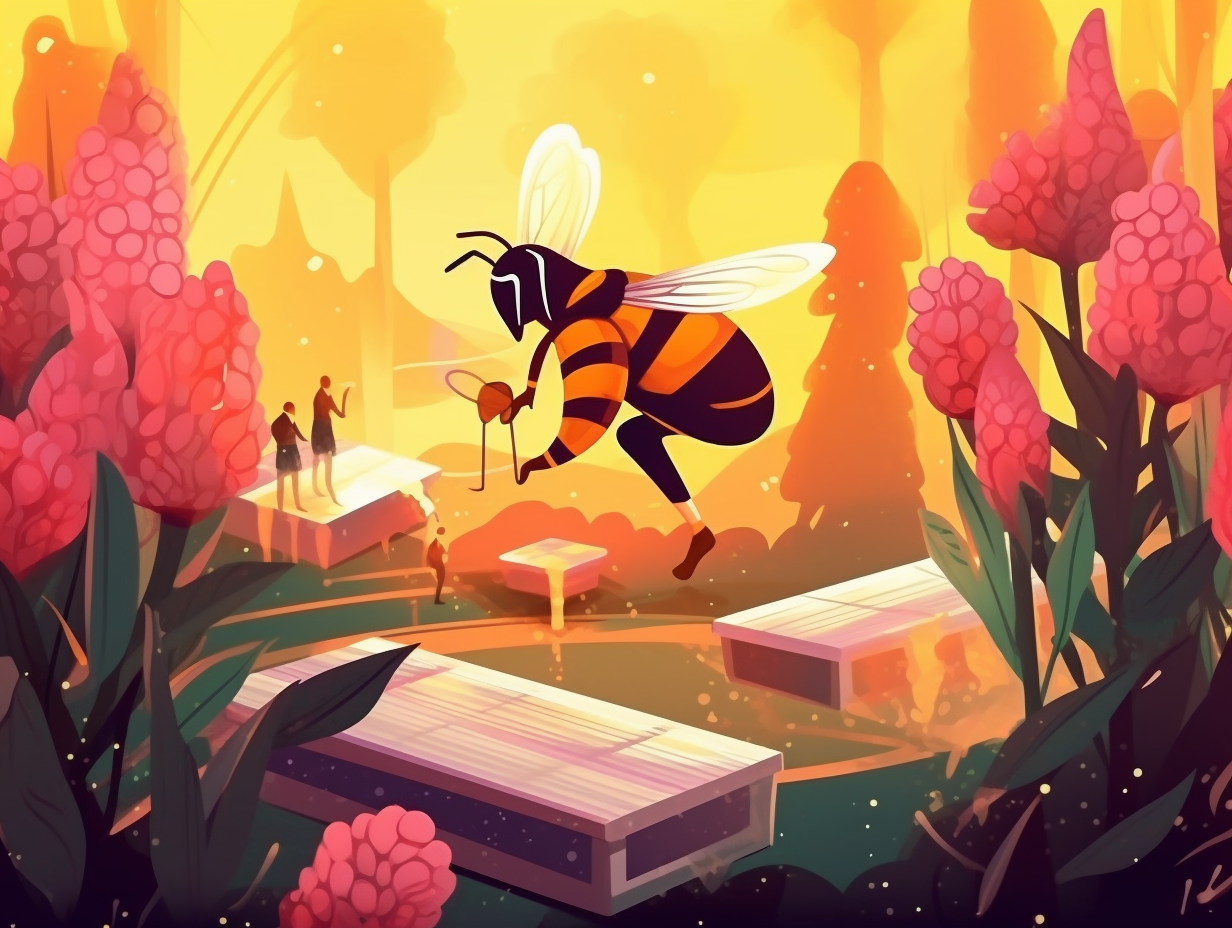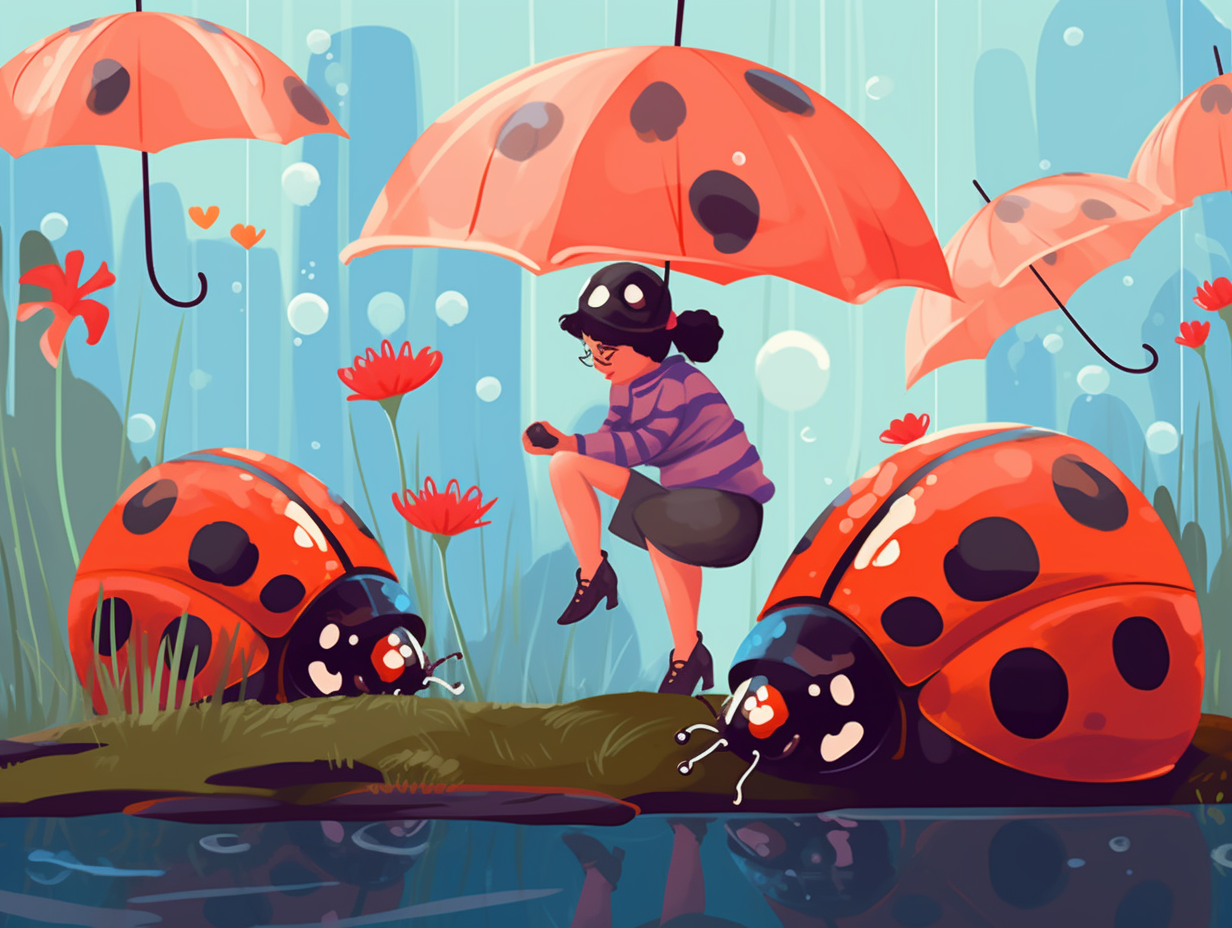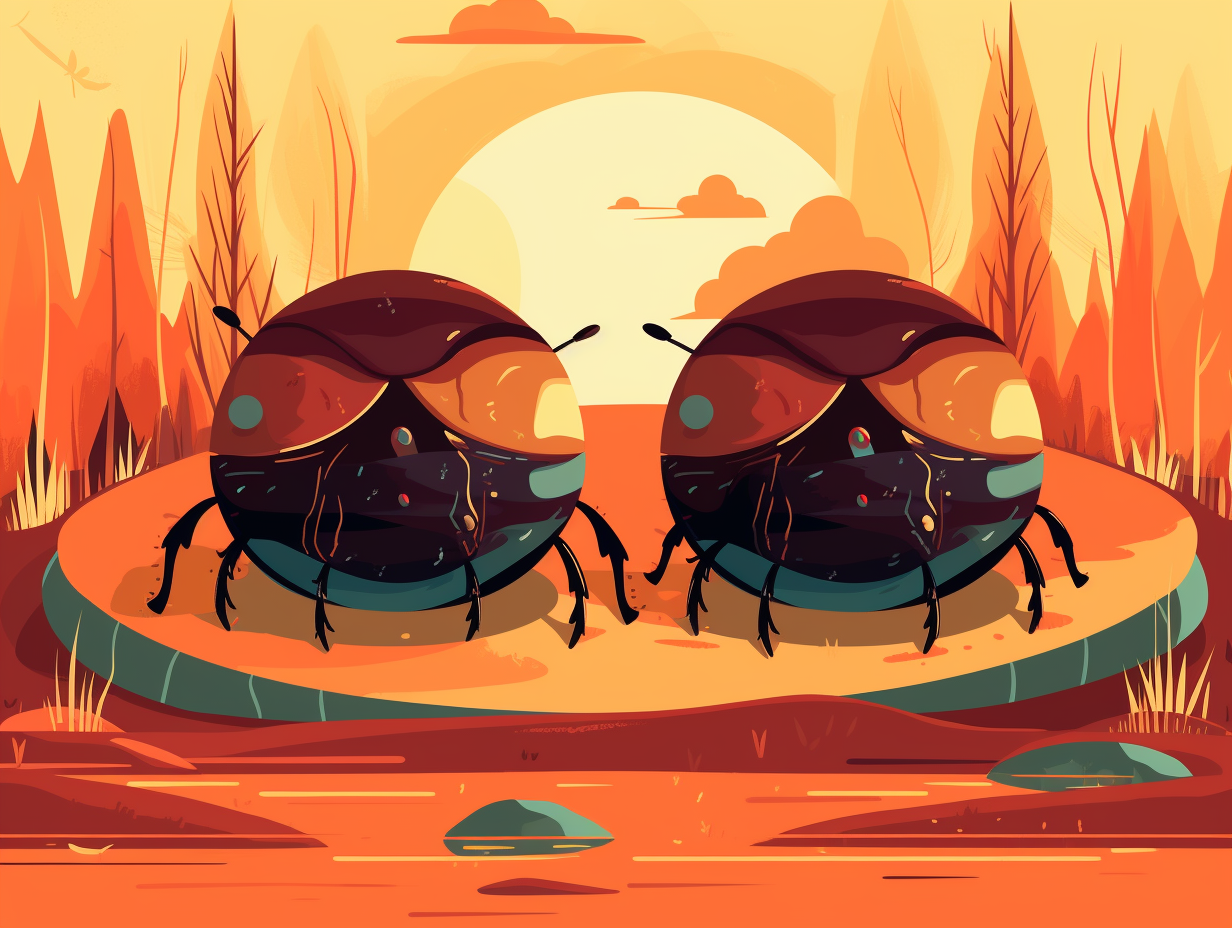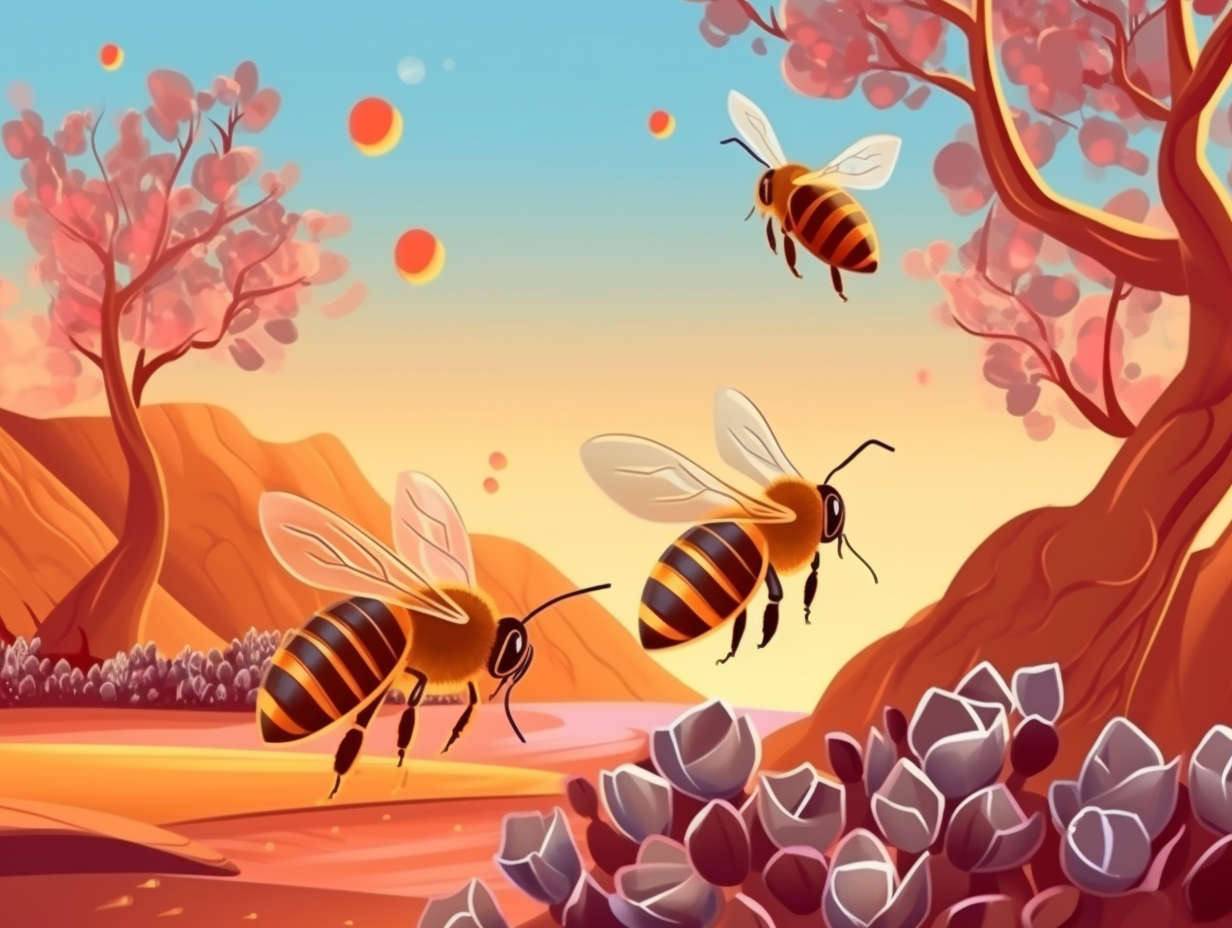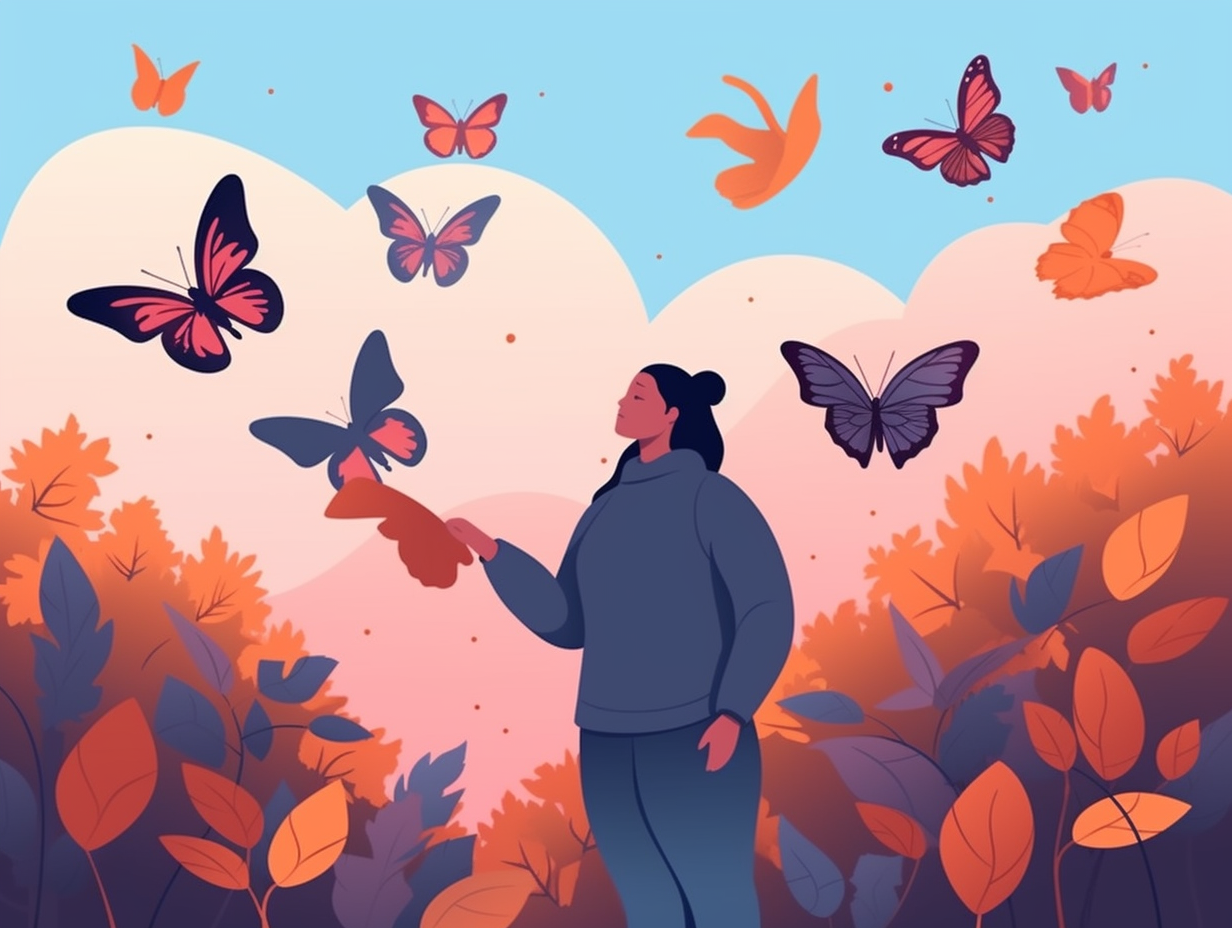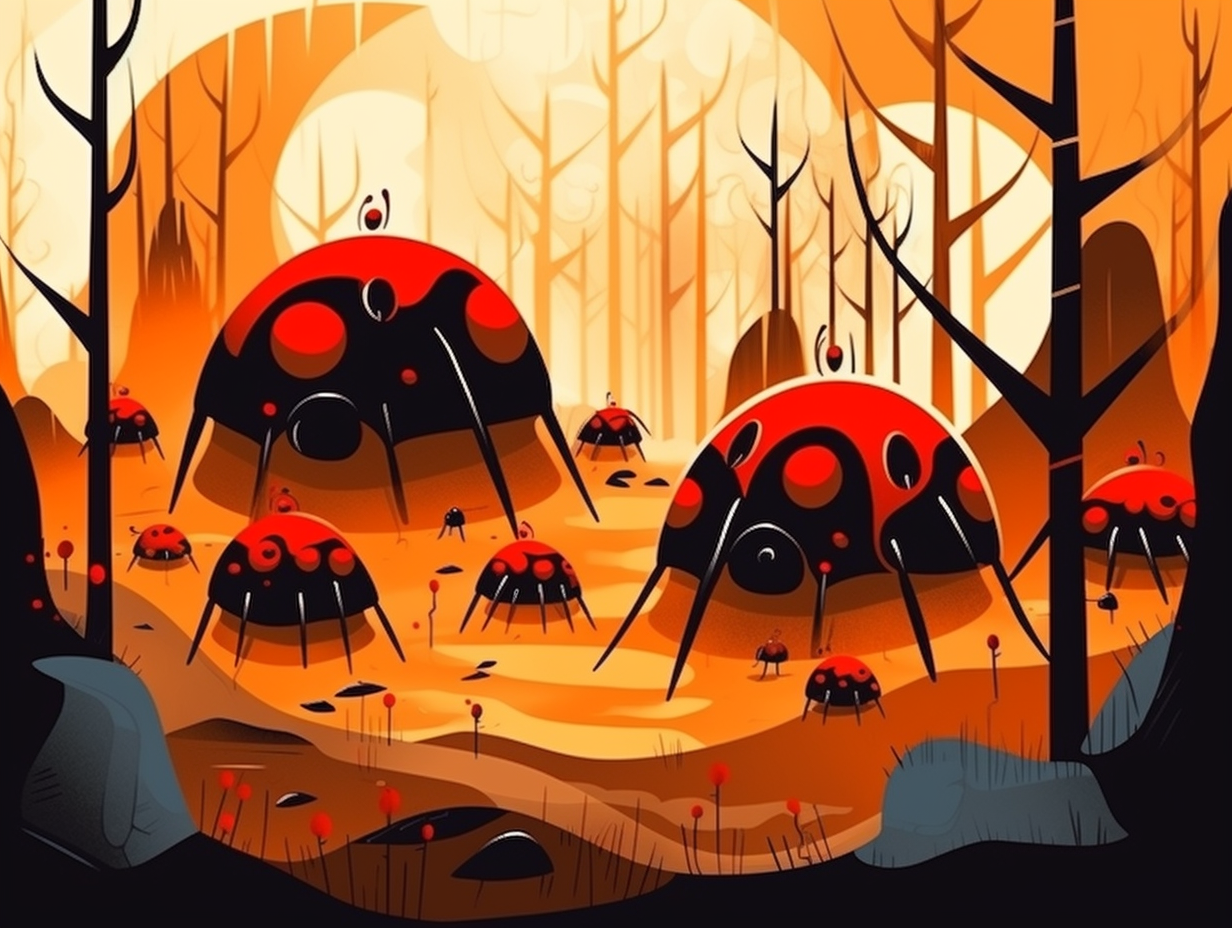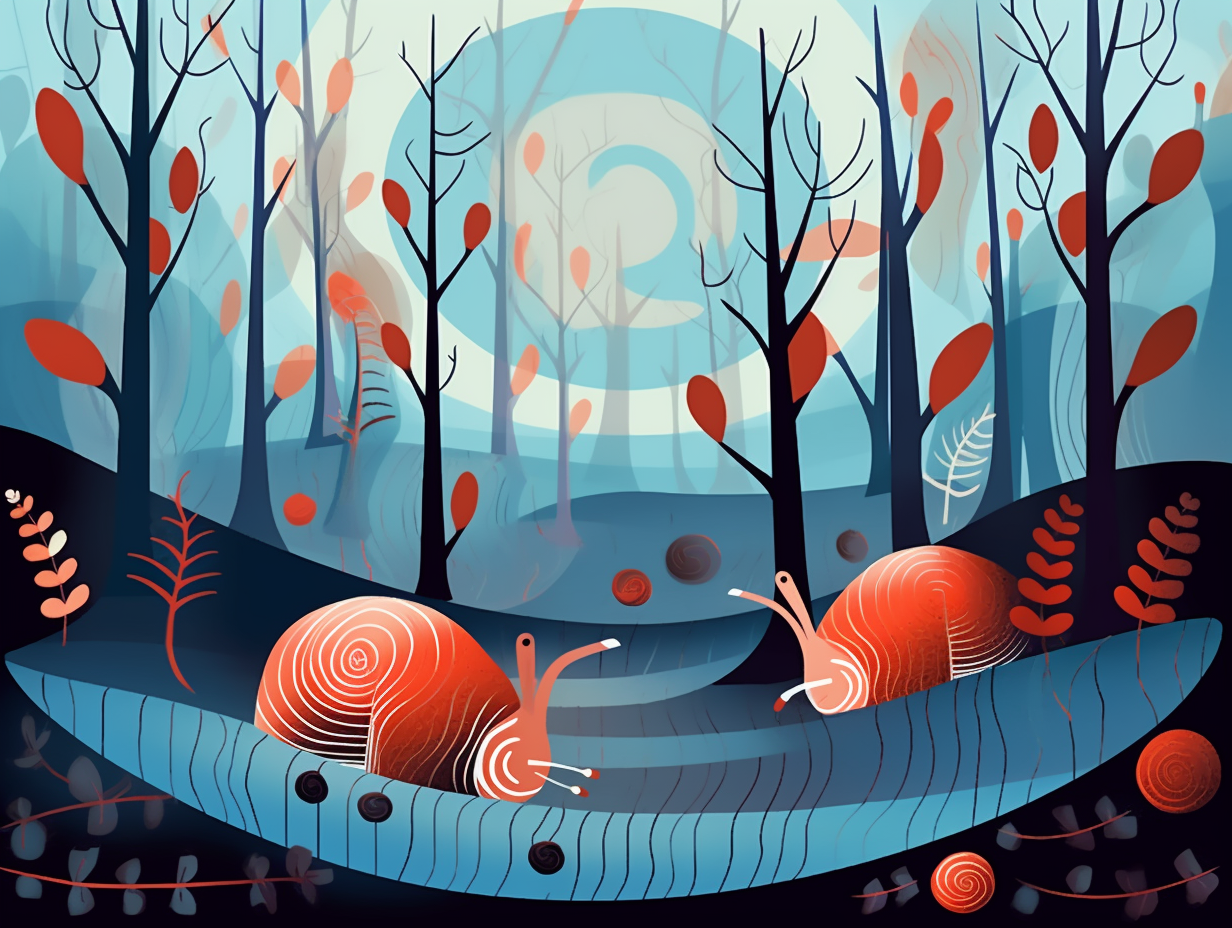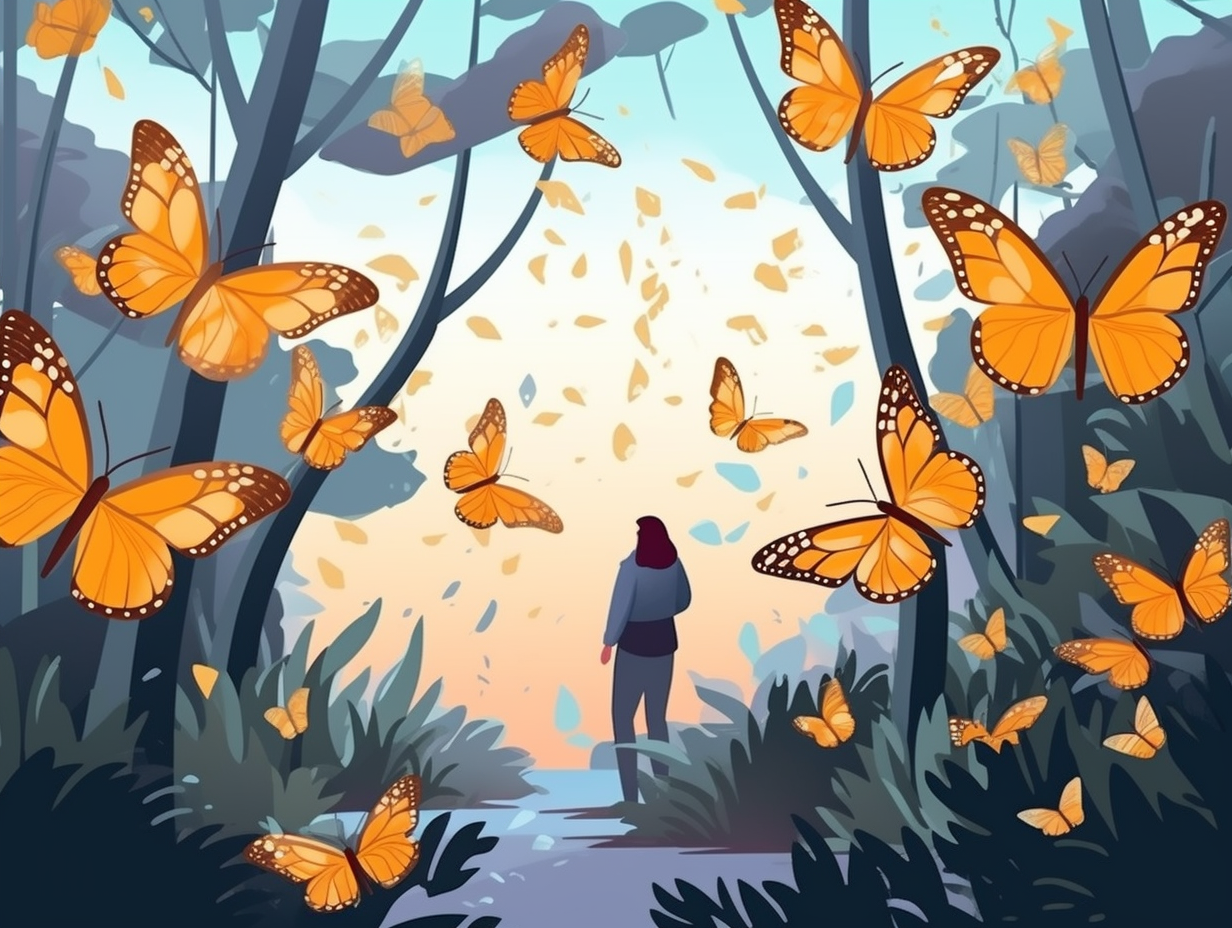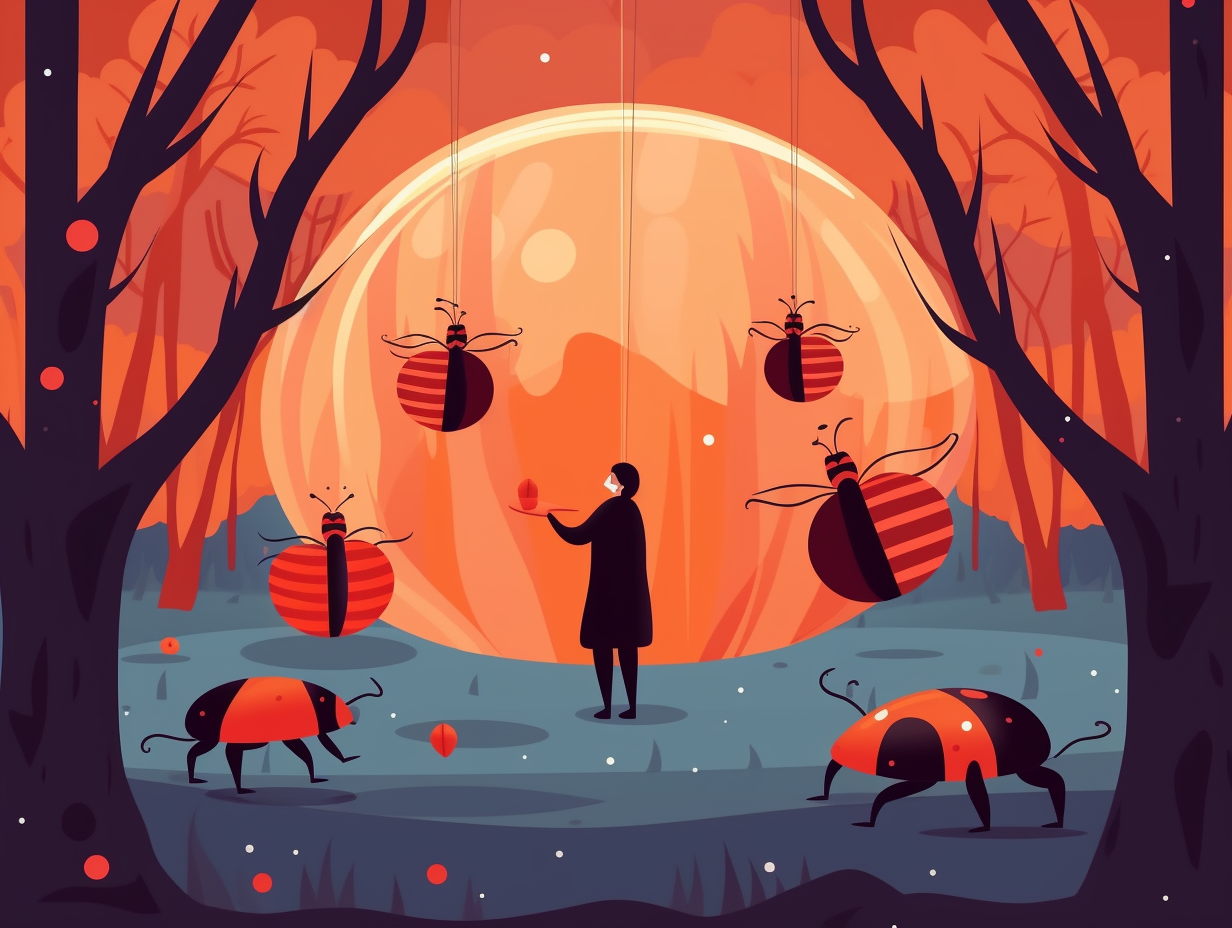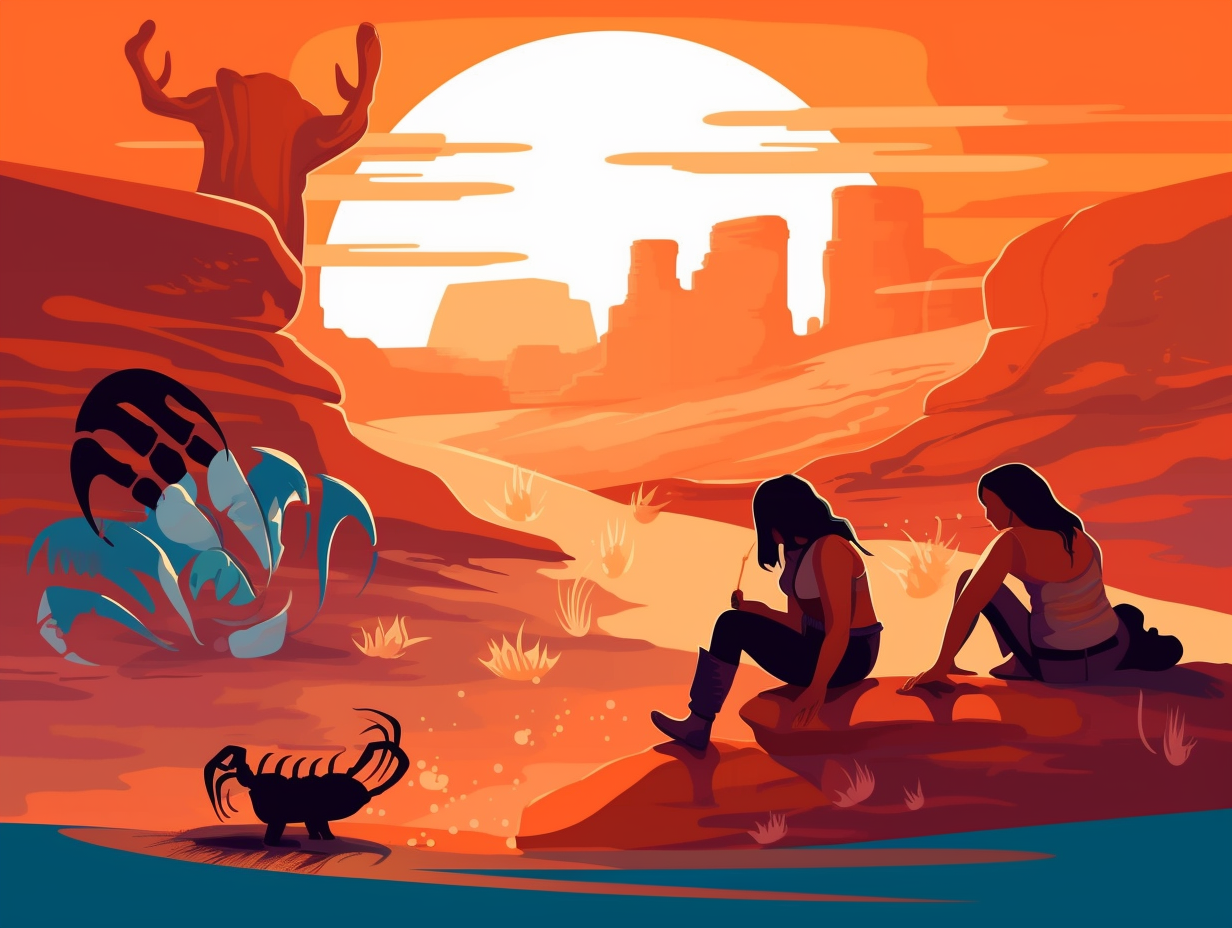10 Incredible Fun Facts About Locusts: Discover the Wonders of These Swarming Insects!
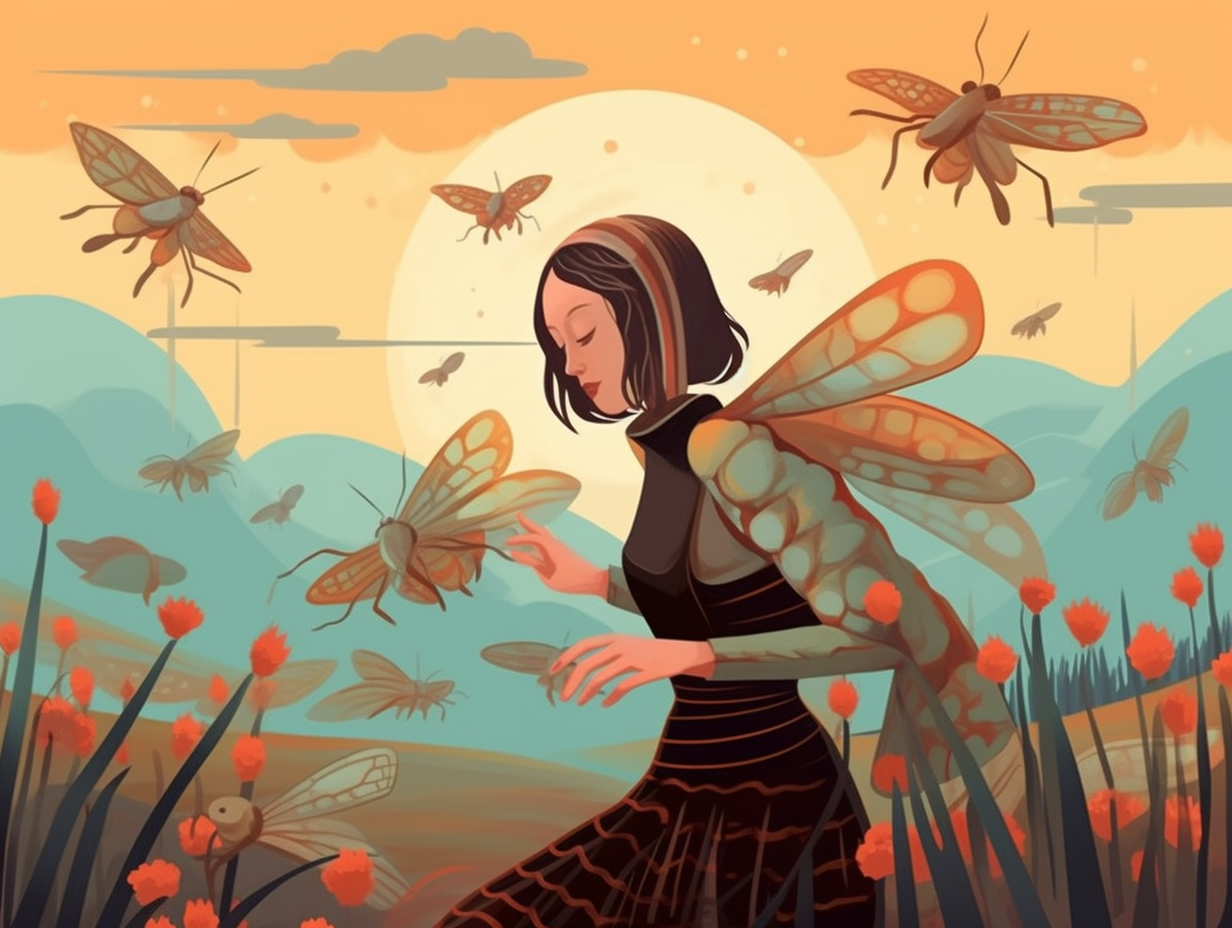
1. Locusts: Competitive Eating Champions
Hungry, hungry locust: you might assume they're trying to win a gold medal in competitive eating! But in fact, a swarm of locusts can consume its own body weight in food daily, with numbers reaching 40-80 million per swarm, essentially devouring a mind-boggling 423 million pounds of vegetation each day. No wonder they're considered a severe threat to crops and food security worldwide!
Source => blogs.bu.edu
2. Grasshoppers' Hungry Uncle
If grasshoppers had a family reunion, locusts would be that one eccentric uncle who can eat everyone under the table: A single locust swarm, covering up to 1,200 square kilometers, contains between 40 and 80 million locusts per square kilometer, each munching on 2 grams of green vegetation daily, including crops like pearl millet, maize, sorghum, and sugarcane, wreaking havoc on regional food security.
Source => en.wikipedia.org
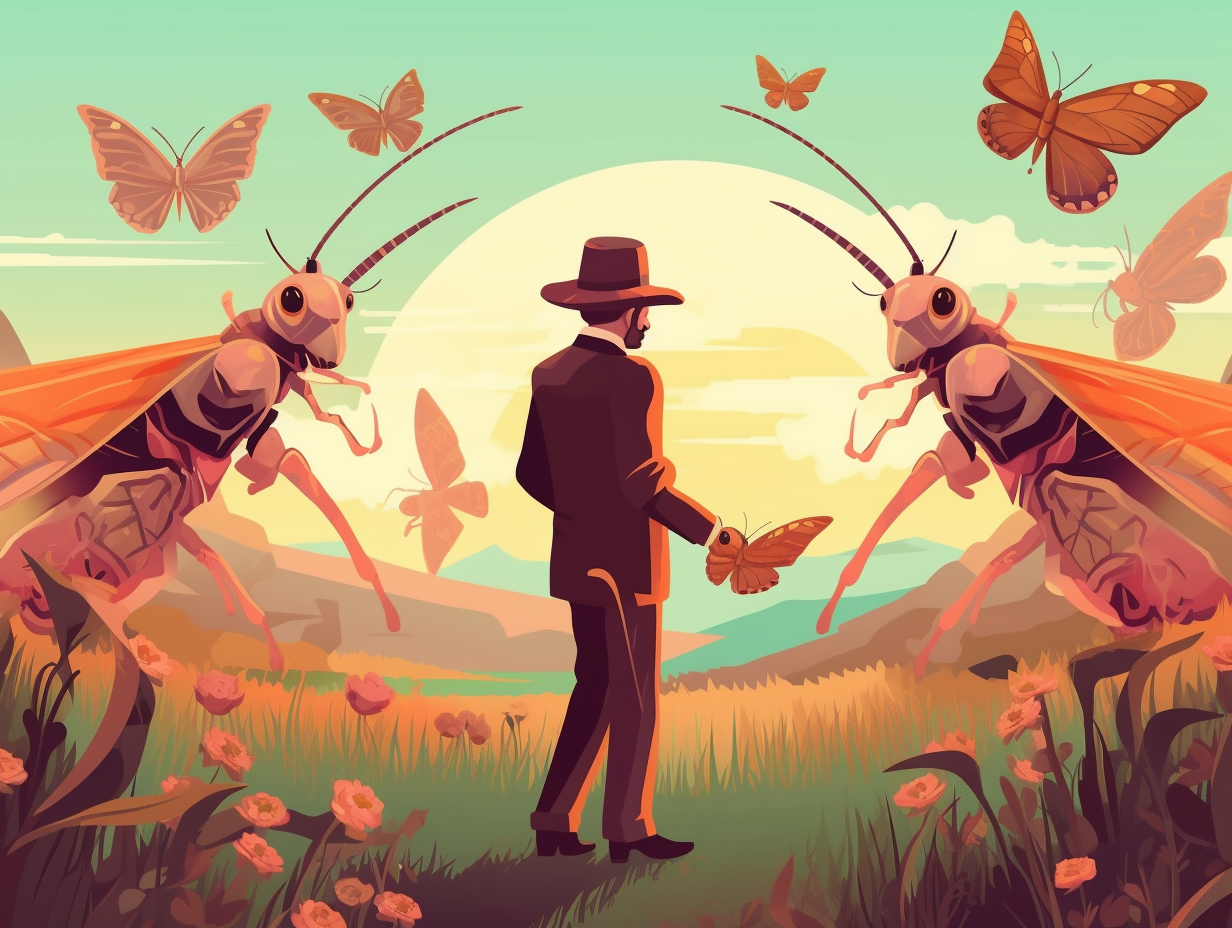
Did you know grasshoppers don't make any sounds? 🤫 Discover how they communicate using body movements and visual cues! 🦗💬
=> Fun Facts about Grasshoppers
3. Sustainable but Risky Locust Snacking
Looking to enjoy a guilt-free, eco-friendly snack while combating a biblical swarm of crop-munching munchers? Don't start crunching just yet: locusts provide a rich source of protein, iron, and zinc with minimal environmental impact, but consuming chemically-treated ones can pose serious health risks, making it crucial to know your critter's origin before ingesting these surprisingly sustainable treats.
Source => bbc.com
4. Locust Lawn Care Professionals
The grass is always greener on the other side, especially when you have a posse of locusts as your lawn care professionals: These ravenous insects can chow down on an amount of food equivalent to what would be consumed by 35,000 people in just one day, causing catastrophic damage to crops and putting whole regions at risk of food shortages!
Source => npr.org
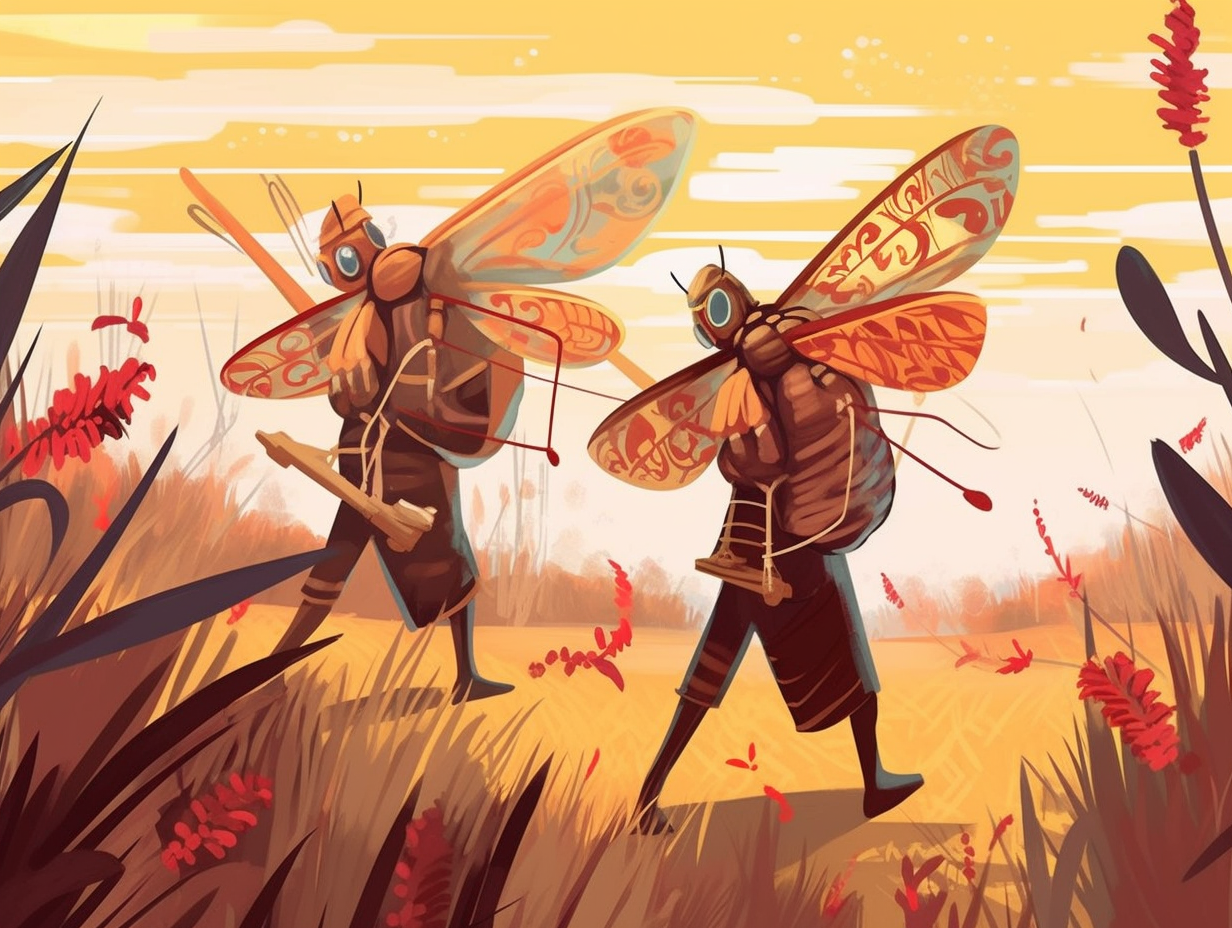
5. Nature's Pesky Vacuum Cleaners
It's a bird, it's a plane, it's a... ravenous insect eating machine?!: A single desert locust can chow down food equal to its body weight daily, and a swarm can potentially scoff down the same quantity as 35,000 people in just 24 hours, making them nature's pesky little vacuum cleaners that pose a huge risk to agricultural food production and food security in affected areas.
Source => npr.org
6. Dinner Party Disaster
Imagine if your dinner party guests had the table manners of a ravenous horde and the appetite to match – multiply that image by 35,000, and you've got the gastronomic prowess of a locust-sized mob: In just one day, a swarm of locusts covering a single square kilometer can devour the same amount of food that would sustain 35,000 people, according to the FAO, making these insatiable insects a cataclysmic force against food security in affected regions.
Source => npr.org
7. Fashionable Locust BFFs
Talk about dressing to impress: Male locusts have gotten the memo that sporting a snazzy yellow outfit can turn them into cooperative BFFs rather than competitors in the dating scene. No mix-ups and smooth sailing all the way: It's all thanks to a single gene controlling both background color and yellow pigment in adult males, which they cleverly repurpose for sexual communication. Who knew that fashionable color coordination could help save the agricultural world and livelihoods of millions from dreaded locust swarms?
Source => today.tamu.edu
8. World's Hungriest Flash Mob
Imagine the world's hungriest flash mob on an all-you-can-eat buffet rampage: a locust swarm can gobble up a staggering 300 million pounds of crops in only 24 hours, potentially causing regional famine and leaving a billion-dollar-sized hole in the economy.
Source => freethink.com
9. Tiny Crop-Eating Zombies
Imagine if a city's entire population turned into insatiable paperclip-sized zombies, munching away everything in their path! Well, nature’s got them beat: A swarm of locusts can consist of up to 80 million tiny creatures that together can cover an impressive 460 square miles. These ravenous two-gram terrors can eat their own body weight daily, decimating crops and potentially causing famine. The plot twist: they're solitary insects compelled to cooperate due to crowded conditions, transforming them into the infamous devouring swarm. Fear not, as scientists are on the case, studying the hormone serotonin in hopes of predicting and preventing this apocalyptic behavior in the future.
Source => blogs.bu.edu
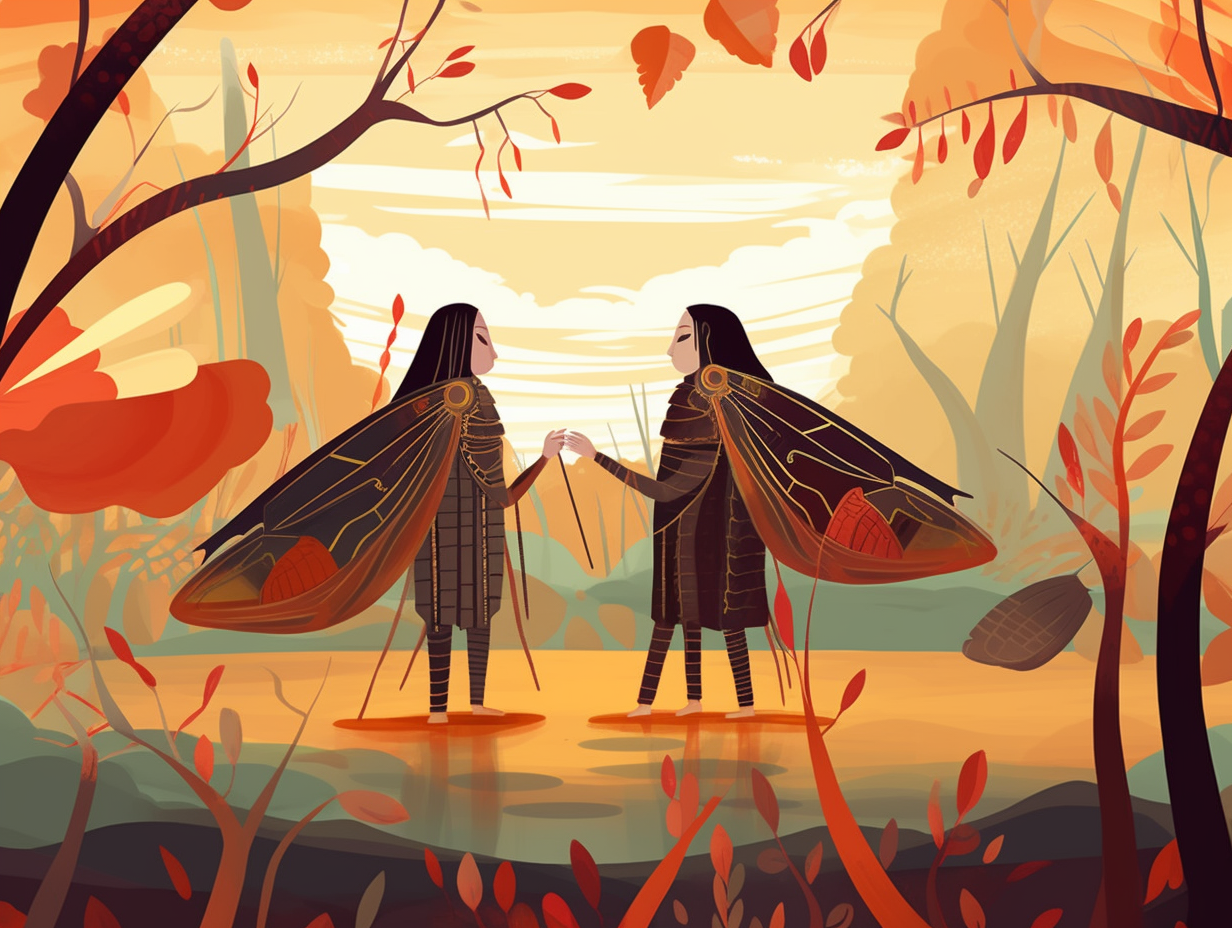
10. Don't Touch the Locusts
You know how people say "quit bugging me" when they're annoyed by someone's touch? Well, locusts take that to a whole new level and decide to throw a massive airborne party instead: When a locust feels regular touches on their hind femur from fellow locusts in crowded populations, they switch from a solitary lifestyle to a full-on swarming mode within hours, resulting in a drastic change in their behavior and the formation of massive swarms.
Source => ncbi.nlm.nih.gov
Related Fun Facts

